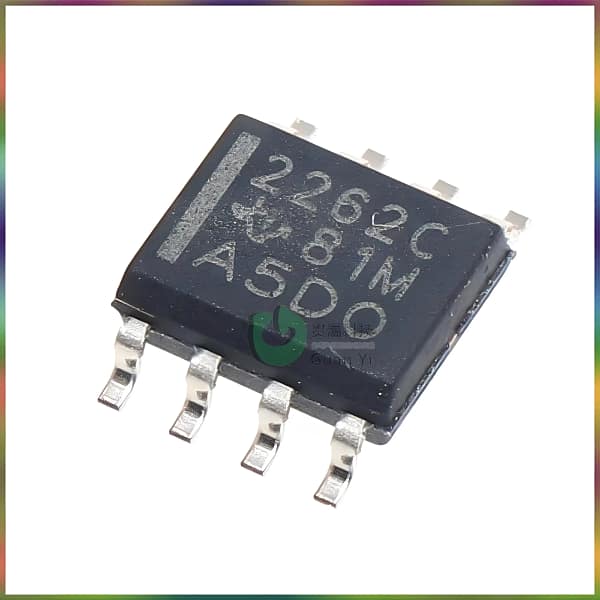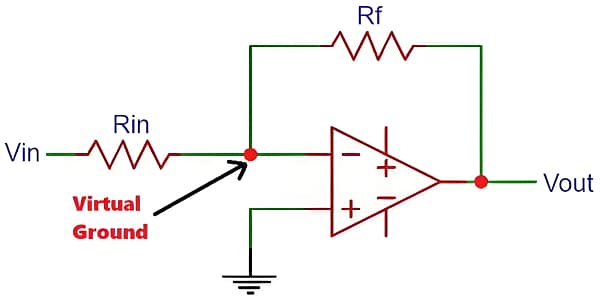
Operational Amplifier
Basic principle of operational amplifier
แอมพลิฟายเออร์ปฏิบัติการมีเทอร์มินัลอินพุตสองตัวและเทอร์มินัลเอาต์พุตหนึ่งตัว. เทอร์มินัลอินพุตที่ทำเครื่องหมายด้วย “” เป็น “เทอร์มินัลอินพุตในเฟส” มากกว่าขั้วบวก), และเทอร์มินัลอินพุตอื่น ๆ ที่ทำเครื่องหมายด้วย “1” เป็น “เทอร์มินัลอินพุตผกผัน”, which can also not be called negative terminal. If the same signals are input from these two input terminals successively, Then the output signal with the same voltage but opposite polarity will be obtained at the output end: the signal output at the output end is in phase with the signal at the in-phase input end and in phase with the signal at the inverting input end.
The power supply connected to the operational amplifier can be single power supply or dual power supply. The operational amplifier has some very interesting features. Flexible application of these features can obtain many unique uses. โดยทั่วไปแล้ว, these features can be integrated into two:
1. The amplification factor of the operational amplifier is infinity.
2. The input resistance of the operational amplifier is infinite and the output resistance is zero.
Now let’s take a brief look at what conclusions can be drawn due to the above two features.

Operational Amplifier Principle
First of all, the amplification factor of the operational amplifier is infinite, so as long as the input voltage of its input is not zero, the output terminal will have the same high output voltage as the positive or negative power supply. The output voltage should be infinite, but it is limited by the power supply voltage.
To be exact, if the input voltage of the in-phase input terminal is higher than that of the inverse input terminal, even if it is only a little higher, the output terminal of the operational amplifier will output the same voltage as the positive power supply voltage; Conversely, if the input voltage of the inverting input terminal is higher than that of the in-phase input terminal, the output terminal of the operational amplifier will output the same voltage as the negative power supply voltage (if the operational amplifier uses a single power supply, the output voltage is zero).
Secondly, because the amplification factor is infinite, the operational amplifier cannot be directly used as an amplifier. The output signal must be fed back to the inverting input (called negative feedback) to reduce its amplification factor.
R1 is used to return the output signal to the inverting input of the operational amplifier. Since the inverting input is opposite to the output voltage, it will reduce the amplification factor of the circuit. It is a negative feedback circuit, and the resistance RF is also called negative feedback resistance.
feedback resistance connection method of operational amplifier (left: inverse connection method) : feedback resistance connection method of operational amplifier (left: inverse connection method, ขวา: in-phase connection method)
อีกด้วย, since the input of the operational amplifier is infinite, the input of the operational amplifier has no current input – it only accepts voltage. ในทำนองเดียวกัน, if we imagine that there is an infinite resistance between the in-phase input and the inverting input of the operational amplifier, the voltage applied at both ends of the resistance cannot form a current. Without a current, there will be no voltage at both ends of the resistance according to Ohm’s law, ดังนั้น, we can think that the voltage at the two inputs of the operational amplifier is the same (in this case, the voltage is a bit like shorting the two inputs with a wire, so we call this phenomenon “virtual short”).
 โลโก้ UGPCB
โลโก้ UGPCB

